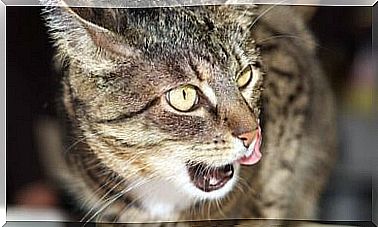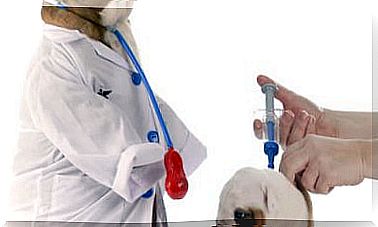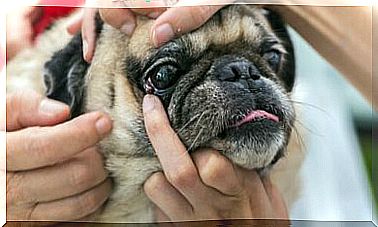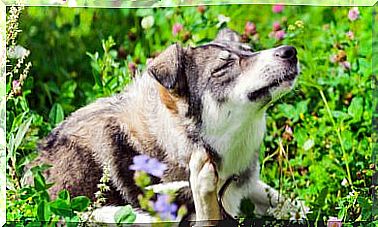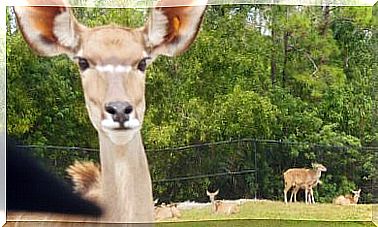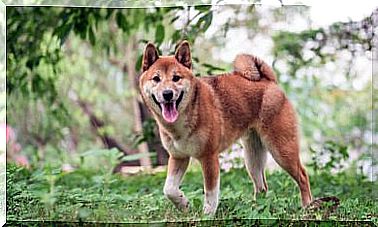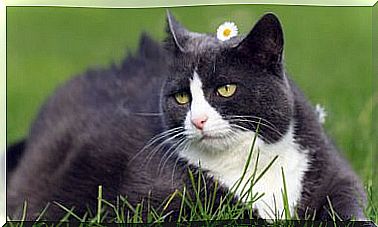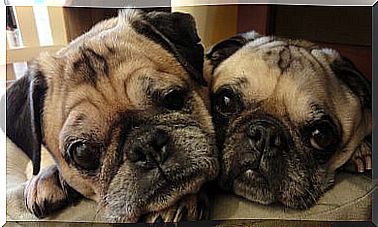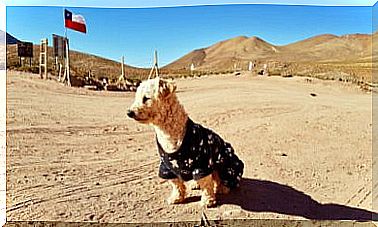Perfumery And Animal Exploitation
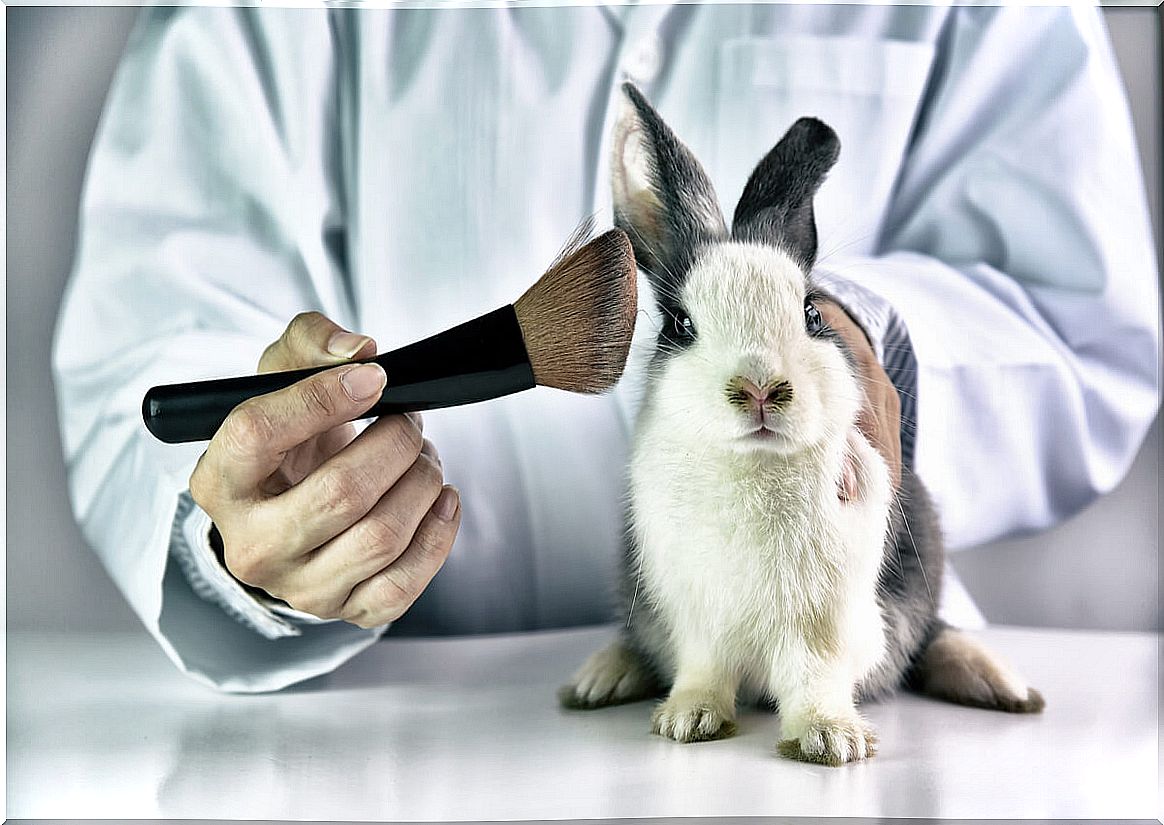
Perfumery and animal exploitation, did you ever imagine being able to relate these two concepts? Not everyone knows that animals have been (and continue to be) used in the cosmetic industry.
These are used not only to test the safety of products that are later sold to the consumer, but also to extract bodily substances that serve as raw material for said cosmetics.
The culture of perfume is something that is very established in modern societies. We all want to smell good and use the “last word” in cologne, but what is behind this industry?
Perfumery and animal exploitation
Next, we will talk about some of the species most used in the production of perfumes throughout history.
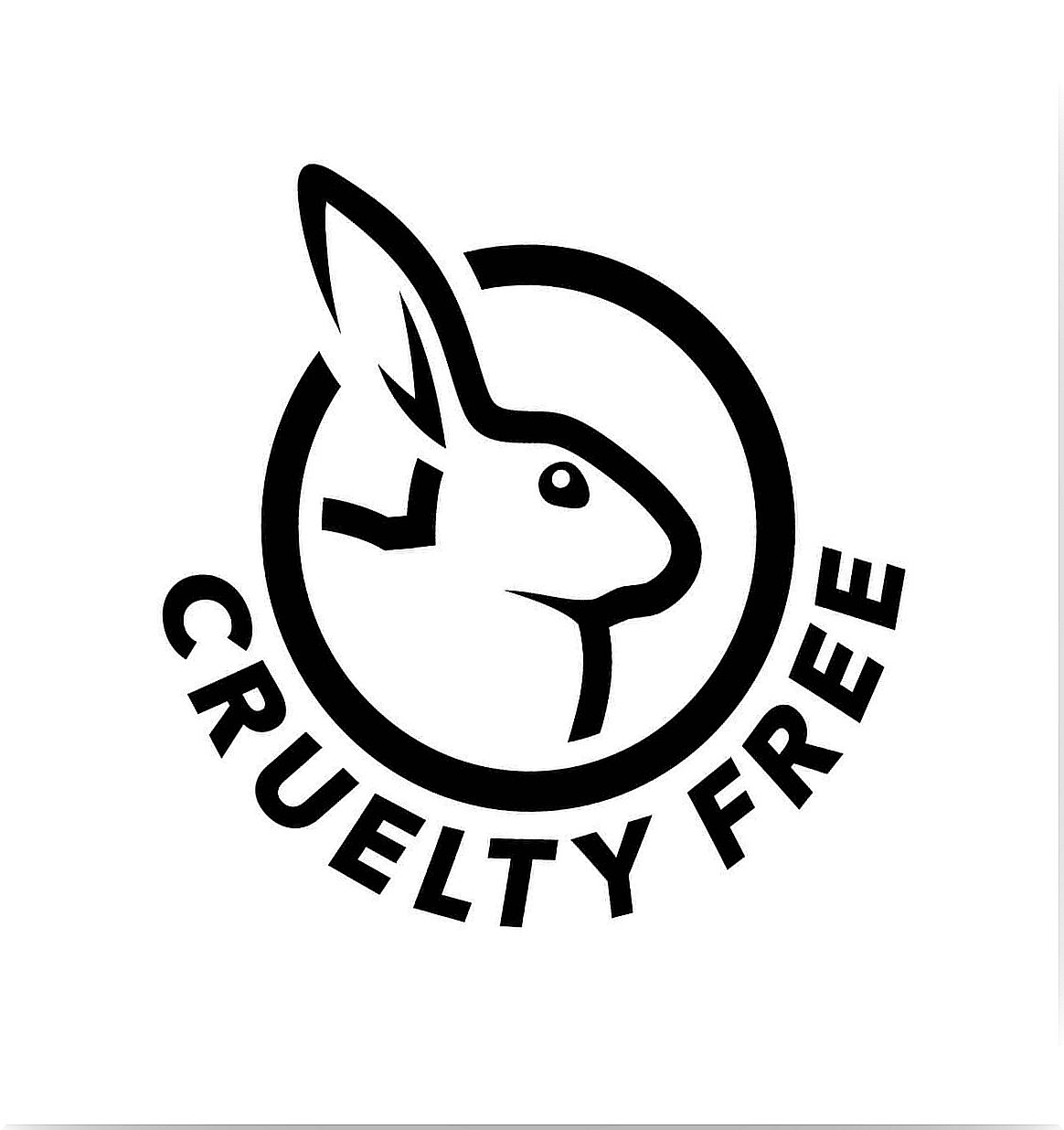
Musk deer
These animals belong to the genus Moschus, which in turn includes seven species. These species differ from the rest of the cervids by having caudal glands that carry musk.
This substance is characterized by having a strong odor, highly appreciated in the production of perfumes. To obtain it, it is necessary to kill the animal.
Civets
These African and Asian vultures have been bred for years for civet. This musky-smelling substance leaves the perianal sac with the animal’s movement, particularly when irritated. This substance is so useful because it has powerful odor-fixing properties.
Beavers, victims of the relationship between perfumery and animal exploitation
These friendly aquatic rodents are also bred to obtain a substance with a peculiar smell: the castoreum. It is an oily substance that the animal uses to groom its fur.
Upon discovering its ability to fix and add nuances to fragrances, it became a highly sought-after substance in perfumery. Which, together with the interest of beaver fur in fur, led to the intensive exploitation of this species.
Sperm whale
This cetacean produces a waxy secretion in its intestine, known as ambergris, highly coveted in perfumery. In life, the sperm whale spontaneously expels ambergris, and after death, it can be extracted from its corpse.
Perfumers have used ambergris to fix volatile perfumes for years. But these days it has been largely replaced by synthetic compounds.
An issue yet to be resolved
Most people are unaware that animals can be exploited, or even euthanized, to make their favorite perfume.
It is true that nowadays much progress has been made and the use of animal raw materials in this industry is highly regulated. For example, the conservation status of the species, its quality of life in captivity or the existence of synthetic alternatives are taken into account.
Some of these animals are raised in deplorable conditions, overcrowded and exposed to numerous diseases. Furthermore, the rearing system is ethically doubtful and the mortality of the specimens is very high.
Knowing this, there are many cosmetic firms that directly reject the use of animals. Not only their raw materials, but as subjects of animal experimentation.

Currently, the use of these substances is reduced thanks to the animal protection regulations. But despite the efforts, they are still being used on some occasions. This is because when trying to get these compounds synthetically, the results have been very poor so far.
Ethics and morals are individual, and therefore, we simply limit ourselves to exposing the realities that occur today in some sectors of the industry. Wanting to reject certain products of animal origin that are legal, depends entirely on the consumer’s own judgment.
